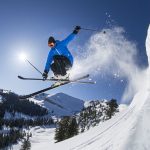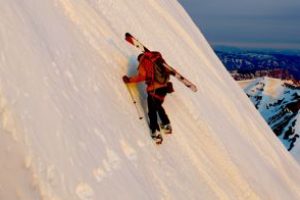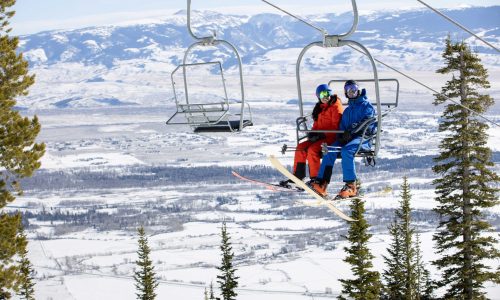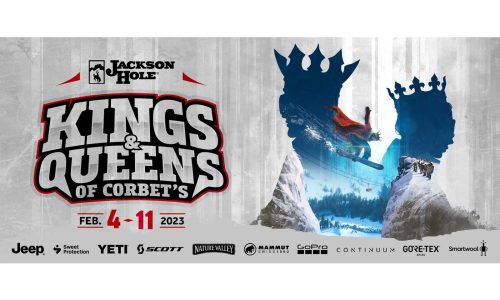Home » Gear Reviews » Ski & Snow » Bindings » AT Bindings » Dynafit Superlight Touring Binding
Dynafit Superlight Touring Binding Review
July 13, 2017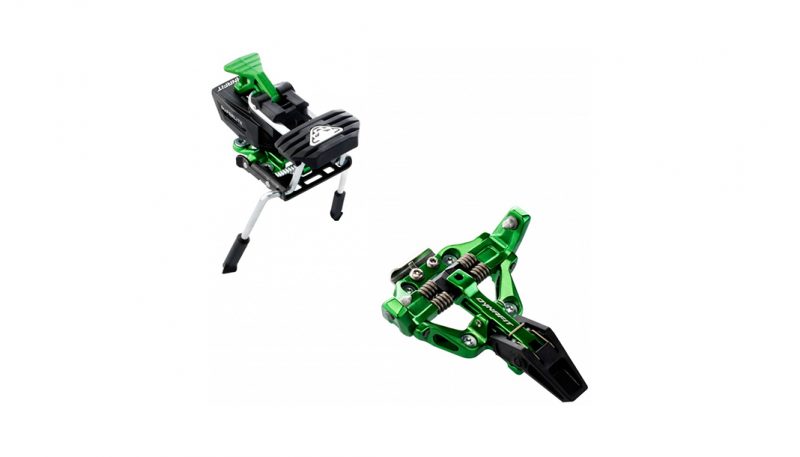

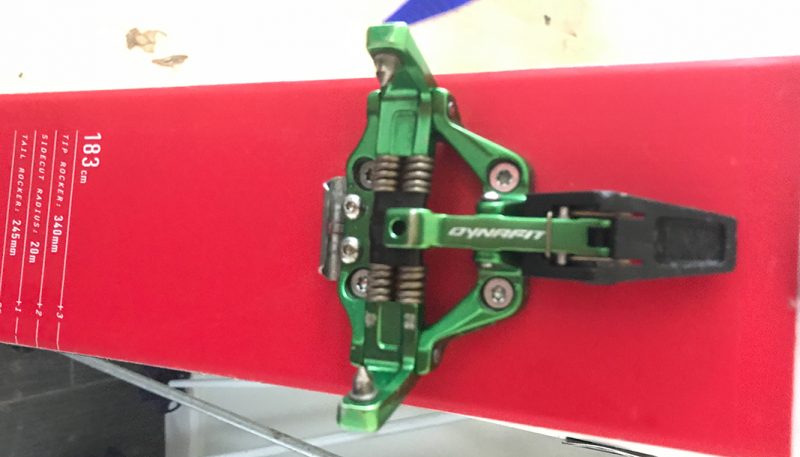

















 85
85 The Good
- Simple & easy to use
- Weight to performance ratio
- Few moving parts
- Easy to switch between climbing levels
- Toe lock out is a bit finicky
The Bad
- Touring flat is accomplished by being between modes
- The highest heel lift is not high enough
- Zero adjustability once it is mounted
The Superlight binding from Dynafit is a nice bridge between the race world and the more traditional ski touring world. It offers decent security at a low weight class. The binding successfully offers a lightweight option to skiers who ski as much as they walk, but forgoes catering to the freeride scene.
Ease Of Entry
To the experienced tech binding user, the Dynafit Superlight will not prove much of a challenge to step into, though for the first timer, it likely will present a similar challenge to older models of the tech world, with the “toe roll” to step in. Our experience is that it wasn’t particularly difficult, but certainly not as easy as some of the other offerings on the market—but with weight savings come sacrifices. It’s unlikely that this binding is really being catered to a first time user.
Ease of Transition
Releasing yourself from the Superlight is indifferent from every tech binding on the market and hardly worth talking about, but the transition from skin to ski is a different story. The heel piece does rotate it’s prongs 180 degrees from the front to make way for the touring lifters. It is possible to tour flat, albeit it is another step in the process, and by leaving the binding just 90 degrees from center you can ski flat. From there you need to turn it another 90 degrees to hit the low riser and a flip of your pole puts you on the higher riser. Rotating back the 180 degreed will let you stomp your way back in to ski mode, but most of this is hard to accomplish without bending over and taking care of it directly. Not being able to switch modes with a pole makes this score slightly lower.
Uphill Performance
Obviously the grams saved with the simplicity of the binding make for a nicely weighted package that is a great combo with a light weight ski. The toe piece works fine for the most part with one exception. Our tester noticed that every once in a while the toe piece previously pulled up would come unlocked especially while taking longer strides in flat terrain. While it never proved to be a safety issue in the field, it might make one question why that toe piece can’t stay locked, especially for those who may consider locking the toes out for a hairy descent. The heel piece is easy to transition from mid to high, and not particularly hard from flat to mid, but over all it left our tester wishing for one more riser level when skinning with other people equipped with more traditional lift heights.
Downhill Performance
Aggressive skiers making the transition from a heavy frame binding to the tech world should probably look elsewhere. With a minimalist design these bindings are beefy enough to allow you to ski comfortably down any terrain in the backcountry, but without the release capabilities being introduced into heavier tech bindings, it’s hard to say that these are a hard charging binding. All of that said, our 200 pound tester skied these in a great variety of terrain, never complaining of pre release or real performance issues on the way down.
Security
Our tester was slightly bothered by the toe piece switching positions (perhaps by contact with the boot), in touring mode, but never actually had an issue with the binding coming off. On the descent, it takes a bit more force to get the heel engaged in the back of your boot, but in the end, one knows they are in when the binding clicks. After getting over the minimalist design of the binding, our tester began to ski harder and slightly more aggressively on the binding, and the only instance of ski release was well warranted.
In 2009 Jordan became the youngest and the 5th person to ski from the summit of all 54 of Colorado's 14,000 foot peaks. Jordan is a mountain guide and ski guide for Aspen Alpine Guides, in Aspen Colorado as well as a ski guide for Ski Arpa, Chile.











